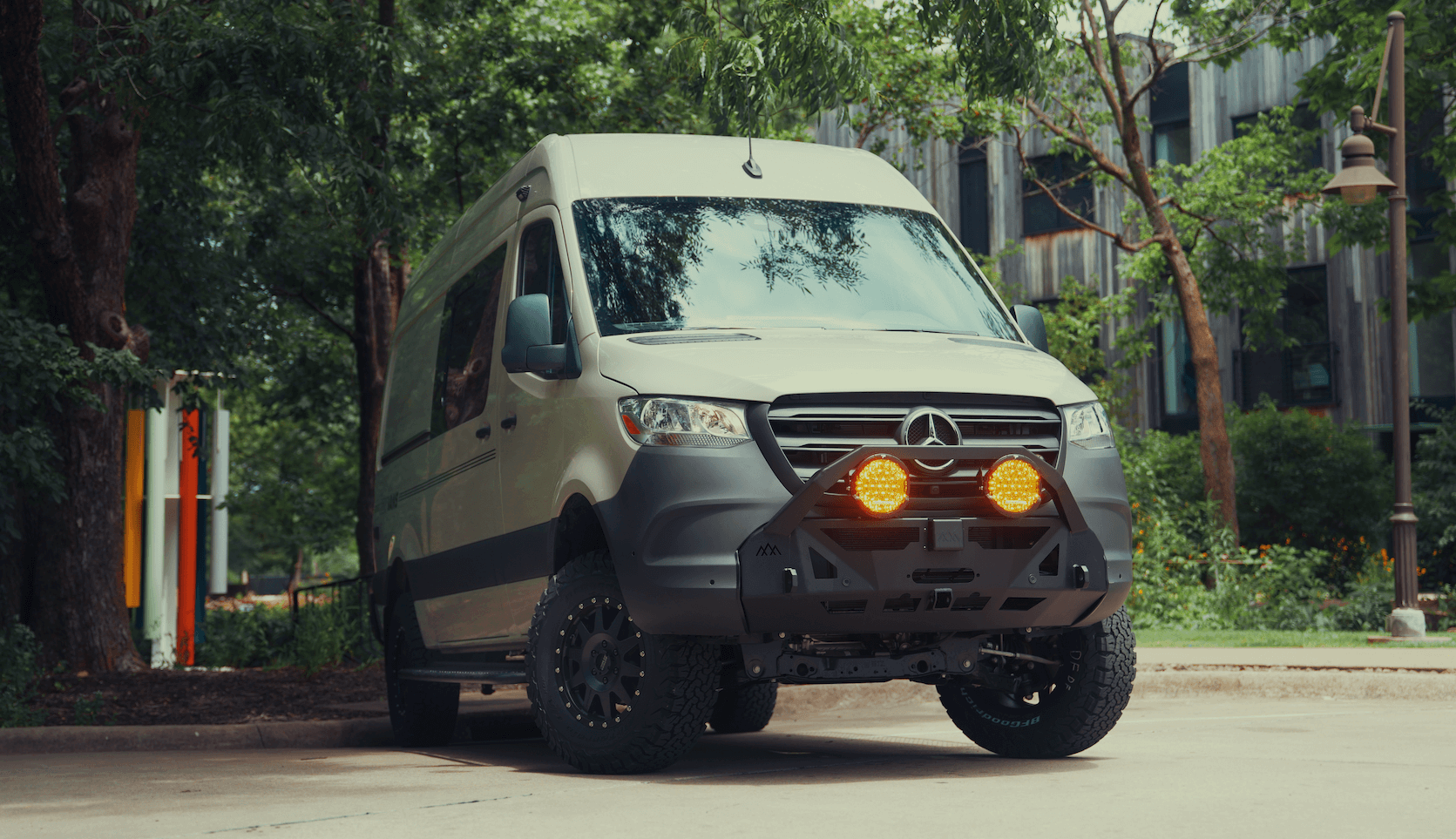Recreational Vans

Rolling to the water in a well organized van changes a fishing trip from a scramble into a clean system. You carry exactly what each fishery demands, sleep close to the launch, and move when the bite shifts. The goal is simple. Maximize time with a fly or lure in the water and minimize wasted energy.
Great van based angling starts with seasonal timing. Trout in freestone rivers feed strongest when water is cool and stable, while tailwaters can fish well even during heat because releases keep flows cold. Bass and crappie stage and spawn on water temperature shifts and moon phases. Coastal redfish and speckled trout ride tides and wind. Match your route to these calendars so you arrive during prime windows rather than sightseeing during a slump. Use a simple three layer plan. First, pick a target species for each leg. Second, select waters with multiple nearby options in case flows or wind change. Third, define movable layover days so you can stay if it gets hot. This is where a van shines. If a storm muddies your main river, you can pivot to a spring creek, tailwater, or lake across the ridge without booking changes.
Always check regulations and emergency rules before rolling. Flows, closures, and slot limits change faster than paper maps. Save agency numbers and bookmark live gauges so you can course correct.
A van is your rolling boathouse. Group your kit by task so you can launch quickly and pack out without a mess. Rods should ride rigged yet protected, reels clean and dry, and waders ready without stepping on gravel or hooks. Wet gear must have its own zone so the living space stays dry and odor free. Think vertical for rods and nets so they do not get crushed. Use drawer or cubby systems for tackle, with clear labels by species and technique. Create a mud room at the rear with a rinse station, rubber mat, and breathable hang space for waders and jackets. Keep a headlamp, spare socks, and a small first aid pouch in the same spot every time. Repetition is speed.
Power management matters. Plan daily solar input, alternator charging, and battery capacity to hold fridge temps and lights through cloudy stretches. A simple energy audit before the trip prevents warm coolers and dim evenings.
Access is everything. Research public boat ramps, walk in easements, and high water marks by state. Respect private land and posted areas even when a bank looks inviting. Parking in a safe legal area protects your van and your day. When camping near water, choose durable surfaces, watch for flash flood zones, and give wildlife the right of way. On the water, match safety to the environment. Wear a PFD when wading deep or fishing from a kayak. In cold months, pack dry layers, a space blanket, and hot drinks. Save an offline map and mark exit points. Share your plan with someone who is not on the trip, including your expected return time.
Finally, build a simple end of day routine. Rinse salt from reels, check knots, lay out tomorrow’s plan, and set the coffee kit. Small habits make long loops enjoyable.
Every fishery demands a tailored kit. The beauty of van travel is carrying depth without clutter. Start with the core list and then add seasonal specialty gear, but cap total weight to keep driving dynamics safe and predictable.
Keep a maintenance pouch for the van itself. Tire repair kit, air compressor, fuses, basic tools, and a recovery strap if you visit sandy or muddy access points. A well prepared van protects the fishing hours you came for.
Now that you have a season focused route plan, an organized rig, and safety routines, you can fish more and fuss less. The final step is aligning the vehicle with the way you fish. Quiet power for fridges and lights, sealed storage for wet gear, and secure rod protection make the difference between a nice weekend and a trip you want to repeat monthly. If you are exploring how a purpose built adventure van can serve your fishing life, see how we approach complete and partial upfits sized to your crew, waters, and timeline. We design around real use, from rod quivers and rear gear rooms to power systems that keep fridges steady on long loops.
Explore recreational vans See custom van builds Browse mainstream van platformsWe build complete custom vans and targeted upfits that match how you fish. That includes rod storage that prevents tip breaks, ventilated dry zones for waders, sealed wet rooms with drains, power for compressor fridges, and lighting that helps with pre dawn rigging without attracting bugs. Our shop in Fayetteville Arkansas sits close to rivers, lakes, and trails, so testing and handoff feel natural. At Adventure Point, you can stage gear, walk through systems, and camp onsite before you head toward your next river bend.
Ready to talk build details nowTell us where you fish and how you travel. We will translate that into a van that keeps you organized, rested, and on the bite.
Ready for a van that keeps rods protected, waders dry, and fish on ice without hassle? Tell us how you travel and fish, and OZK Customs will design a purpose built adventure van that fits your waters, seasons, and crew. Start your build conversation today.
ADDRESS:
6159 E Huntsville Rd, Fayetteville, AR 72701
PHONE:
(479) 326-9200
EMAIL:
info@ozkvans.com